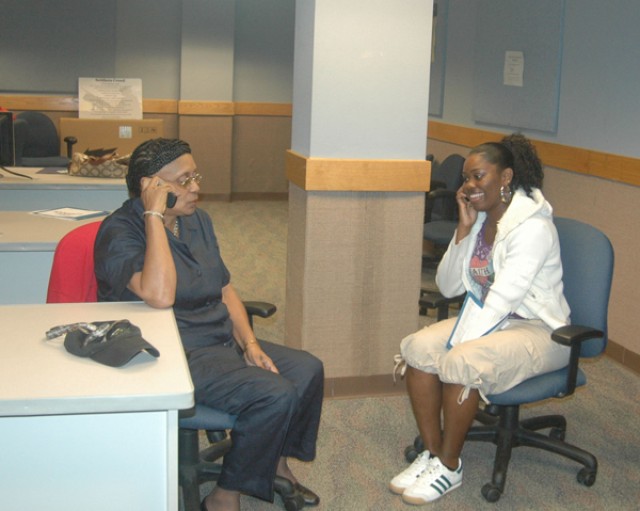
CAMP CASEY, Republic of Korea - The holiday season and thoughts of family and friends can bring joy and happiness to servicemembers stationed in Warrior Country. For some though, those same thoughts can lead to difficulties, depression, and pressures, leading them to conclude ending their life is the only solution.
"The Army had 128 suicides in 2008," said Chaplain (Capt.) George Wallace, Applied Suicide Intervention Skills Training instructor. "From January to September 2009, 117 suicides were reported. The numbers have risen every year since the war began. Also, there is anywhere from 5 to 25 percent unreported suicides every year."
To increase the Army's commitment to suicide prevention, 18 Soldiers and Civilians attended ASIST at USAG-Casey Oct. 29-30 to become first responders to help ensure nobody has to face a crisis on his or her own. The ASIST workshop is for caregivers who want to feel more comfortable, confident, and competent in helping to prevent the immediate risk of suicide.
ASIST has been tried and tested for 23 years with over 600,000 trainers.
"Our goal is to be more ready, willing and able to help someone at risk," said Chaplain (Maj.) Isaiah Gillette, ASIST instructor. "We are not here to make someone change. We want them to learn about their own strengths and weaknesses and connect to other folks in their groups, and learn from others in the group and how those experiences have shaped them."
The curriculum is divided into sections, with skills and principles illustrated, and case studies presented in videos and role playing exercises and discussions.
The first step in the Suicide Intervention Model is for the caregiver to diffuse the isolation by making the connection. The victim feels pretty alone, people don't understand him or her, no one cares, and feels the world would be better off without them.
"The caregiver is to directly ask someone if they are suicidal," Gillette said. "Chances are they have already expressed feelings of hurting themselves in one form or another. A caregiver needs to be a detective. Ask questions on their thoughts, actions, and feelings. Don't be rude, but be straightforward and upfront."
Next, is understanding - identifies the intervention needs of a person at risk.
"You want to know why," Gillette said. "Be patient. It can be dark and uncomfortable so your tendency is to move past this about why they want to die. Continue to build a trust and relationship with them. Listen to the reasons for dying and for living. The more you talk about their problems, the more they will open up."
After understanding is assisting - What can be done to deal with each of the risk alerts and help the person at risk be safe'
"Caregiver needs to make sure they get a statement and agreement from the person at risk: contacts, no use of alcohol or drugs and someone they can talk to if they can't get a hold of the caregiver," Wallace said.
Some informal and formal resources include those one can reach within 24 hours: family and friends, law enforcement, emergency room, suicide hotline; longer term: mental health workers, chaplains, doctors, counselors, and therapists; and life-long: personal connections and community members.
"By the end of the two-day workshop, Soldiers and Civilians were able to review the risk alerts," Wallace said. "In addition, participants were able to work out a contract safe plan.

Social Sharing